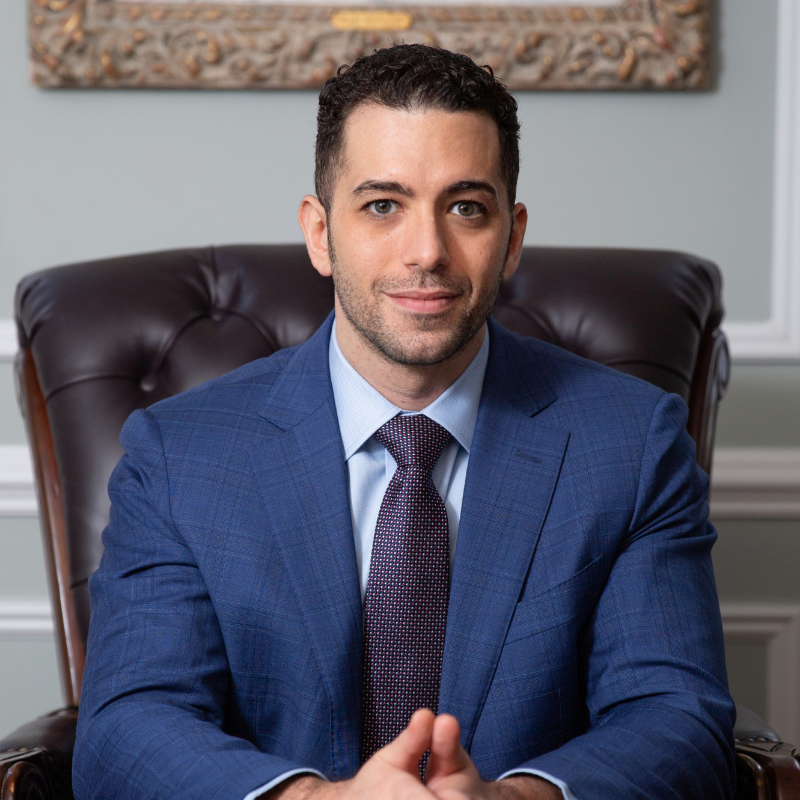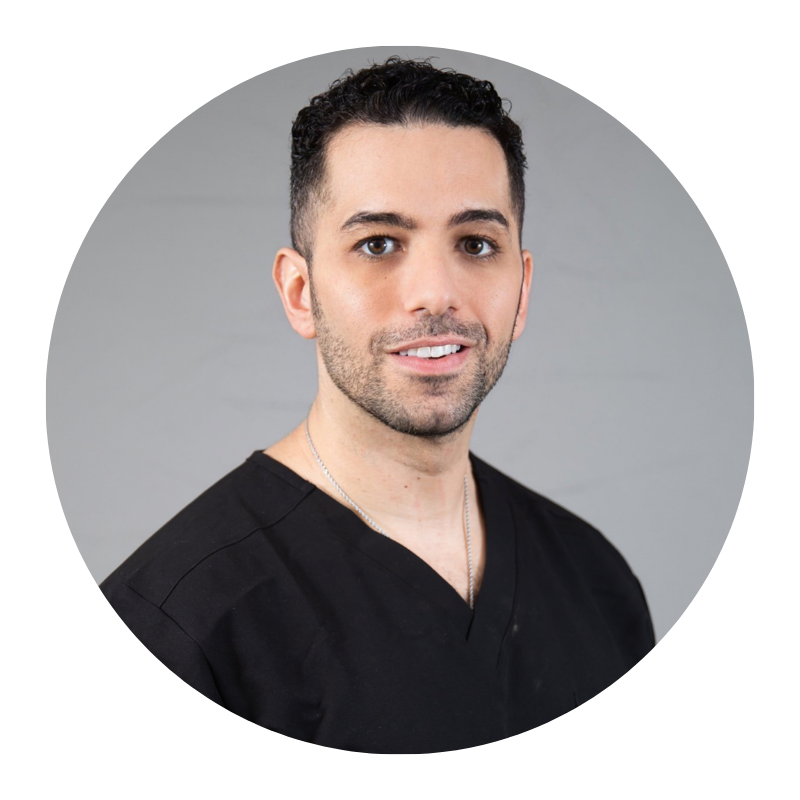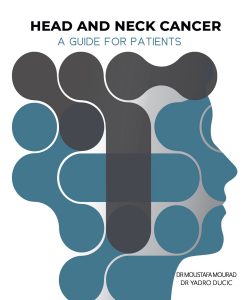One of the most common nasal conditions we encounter as rhinoplasty surgeons is a deviated septum. This issue can have a number of different causes and cause a range of different symptoms and functional issues. It can also place you at a higher risk of developing worsening issues over time if not properly addressed. Here are some of the key things you should know about a deviated septum and how this problem can be effectively treated.
What is a deviated septum?
The septum is the central cartilage located in the middle of the nose. It extends from the front of the nose to the back of the throat, separating the left and right nostrils from one another. At any point it may be bent or slanted to one side or both sides. This is medically referred to as a “deviated septum”.
This deviation in the septum may be harmless and asymptomatic, but in some cases there may be noticeable symptoms. The most common symptoms of a deviated septum include difficulty breathing through one or both nostrils, sinus infections, nosebleeds, nasal pressure or congestion, external nasal deformities such as asymmetrical appearance or nasal collapse. Inability to breathe through the nose can have secondary effects such as difficulty sleeping and dry mouth from breathing through the mouth over an extended period.
How does a deviated septum develop?
More than 70% of the population have some degree of deviation in the septum. This deformity may be something you are born with, or something that can develop throughout your life. The most common risk factor for developing a deviated septum is nasal trauma. This can be minor, and can occur early on in life. The septum is weak, and even the slightest nasal trauma (like bumping your nose during sports), can offset an already deviated septum into a more deviated position that becomes symptomatic. A deviated septum can also grow worse over time due to nasal infection or the natural effects of aging.
Are there non-surgical ways to treat a deviated septum?
Deviated septums usually need correction when they are symptomatic and impact your quality of life. There are no non-surgical ways to correct a deviated septum. Corrective procedures for this condition range from simple balloon septoplasty to more invasive procedures like a septoplasty or septorhinoplasty.
In many cases, treatment will involve correcting concurrent conditions to alleviate the issues caused by a deviated septum so that an invasive procedure is not required. For example, if you have associated nasal allergies, sometimes medical treatments can relieve the congestion and nasal obstruction to the point that you may no longer be recommended for septal surgery. It is important to meet with a specialist to understand all of your options prior to embarking on a treatment plan.
How can a rhinoplasty help?

A rhinoplasty is a procedure which is performed to change the external shape of the nose. The need for rhinoplasty may range from cosmetic purposes (simply not liking the way your nose looks), to reconstructive purposes (severe trauma causing issues like a nasal saddle LINK TO NASAL SADDLE). If the deviation in the septum has caused an external deformity due to an issue like nasal valve collapse LINK TO NASAL VALVE, then a rhinoplasty may be beneficial.
The role of rhinoplasty in the correction of a deviated septum will depend on your specific anatomy, needs, end goals, and desires. It is important to have a detailed consultation with a double board certified ENT and plastic surgeon in order to understand your options and make the best decision for you.



